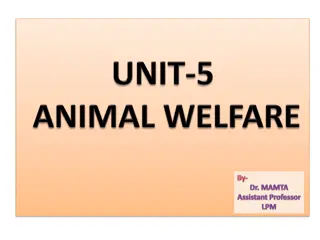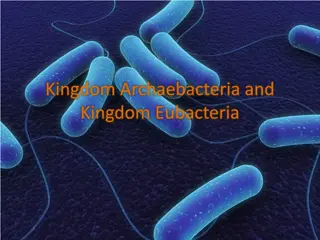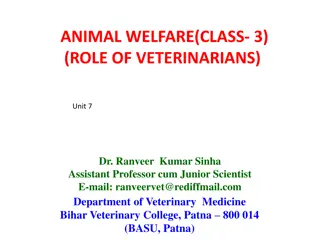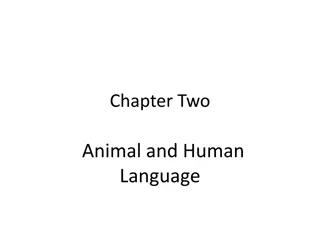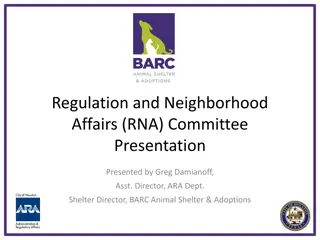
Exploring the Animal Kingdom: Invertebrates and Their Diversity
Delve into the fascinating world of invertebrates in the animal kingdom. Learn how scientists classify them based on characteristics like symmetry and the presence of a backbone. Discover a range of invertebrates from sponges to echinoderms and understand their unique features and adaptations.
Download Presentation

Please find below an Image/Link to download the presentation.
The content on the website is provided AS IS for your information and personal use only. It may not be sold, licensed, or shared on other websites without obtaining consent from the author. If you encounter any issues during the download, it is possible that the publisher has removed the file from their server.
You are allowed to download the files provided on this website for personal or commercial use, subject to the condition that they are used lawfully. All files are the property of their respective owners.
The content on the website is provided AS IS for your information and personal use only. It may not be sold, licensed, or shared on other websites without obtaining consent from the author.
E N D
Presentation Transcript
Animals Without Backbones Chapter 2: The Animal Kingdom
Scientists keep track of Earths animal species by observing their similarities and differences.
An animal with symmetry has body parts that match other body parts around a midpoint or line.
Animals can be classified by whether or not they have a backbone.
Invertebrates that have stinging cells on their tentacles are called cnidarians.
Clams, squid, and snails are soft-bodied invertebrates with hard shells and are called mollusks.
Sea stars, sea urchins, and sand dollars are spiny- skinned invertebrates, called echinoderms.
All echinoderms have a support structure inside their bodies, called a(n) endoskeleton.
Invertebrates with jointed legs and body sections are called arthropods.
Arthropods have a hard outer covering, called a(n) exoskeleton, that protects their bodies and holds in moisture.
Worms are classified as flatworms, roundworms, or segmented worms.
Flatworms have ribbon-like bodies, and some types live inside the bodies of other animals.
Exit Question In the margin of your paper, answer the following questions: If you were an animal, what would you be and why? Would your animal be considered a vertebrate or invertebrate?







